[ad_1]
What is inbound marketing? We cover everything you need to know in this complete guide.
Inbound marketing is one of the best ways for any kind of business to get more customers. Inbound marketing is a strategy that lets your customers make the first move. When done right, it can save your business a lot of time and money, helping you achieve an awesome ROI.
The important thing about inbound marketing is attracting customers to you, instead of reaching out to them (which is outbound marketing). This means inbound marketing is a more organic marketing strategy – something that can have many benefits for your brand.
In this guide, we’ll cover everything you need to know about inbound marketing, what it is, and some of the best inbound marketing strategies that you can use.
- What is Inbound Marketing?
- How Does Inbound Marketing Work?
- Benefits Of Inbound Marketing
- Inbound Marketing Strategies
- Inbound Marketing Channels and Content Types
What is Inbound Marketing?
Inbound marketing is the process of attracting customers to your business by publishing valuable content. People find this content by themselves, which is how they discover your business.
Successful inbound marketing efforts help you attract the right kinds of people to your business because you create content that matches their interests and answers their questions.
Inbound marketing is different from outbound marketing – which is when you reach out to your audience and disrupt them with content.
Inbound marketing is a more organic way of empowering your audience through content that adds value to them. This helps to build relationships with your audience and add value to them at whatever stage of the buying journey they are in.
Think about attracting and roping people into your business instead of reaching out to them – this is inbound marketing.
How Does Inbound Marketing Work?
Inbound marketing is about empowering your audience. If you help your customers by adding value to their lives, they will help you by supporting and trusting your business.
Inbound marketing works by understanding the customer journey and meeting customers with the right content at each stage of this journey. This inbound methodology generally covers three stages:
- Attract: The first step is to draw customers into your business. You do this by publishing valuable content that your audience is interested in and wants to engage with. Example: SEO blog content that answers your audience’s question.
- Engage: Now that you’ve drawn in your audience, the next step is to engage them with content that really speaks to them. Address your audience’s pain points and interests to make them interested in what your business has to offer. Example: Email marketing campaigns that share helpful insights with your audience.
- Delight: This stage is about delighting your customers with help and support. You want to empower them and help them achieve success with your brand. Example: Connecting with customers on social media.
By providing a positive experience for customers and meeting all of their needs, you will be able to generate more positive brand recognition. This, in turn, helps to keep your inbound marketing machine running.
Benefits Of Inbound Marketing
So, why is inbound marketing important?
In short, you can use inbound marketing to:
- Increase brand awareness
- Attract your exact target audience
- Improve customer acquisition
- Achieve long-term marketing results
- Build relationships with customers and leads
- Create valuable, compelling content for your business
Inbound marketing focuses on your customers. Instead of having to actively seek out prospects and customers, inbound marketing lets them come to you. This makes it a much less invasive marketing strategy compared to outbound marketing.
And because inbound marketing brings customers to you organically, it means you spend a lot less time and effort hunting down customers and chasing leads. It’s an efficient way to grow your business.
Finally, inbound marketing helps build a positive perception of your brand. While traditional outbound marketing could annoy some people if you don’t do it right, inbound marketing helps you become a trusted authority in your niche through high-quality content. This is because, with inbound marketing, your target audience finds you – not the other way around.
Inbound Marketing Strategies
Inbound marketing is all about generating organic interest in your business. Here are some of the best inbound marketing tactics that you can use to achieve this.
Understand Your Audience
Inbound marketing is focused on providing value for your audience. You need to publish the kind of content that they’re interested in so that they are attracted to your brand. To do this, you need to have a deep understanding of your audience.
Start by putting together detailed buyer personas. Understand your customer’s interests, what channels they’re most active on, and what demographics they fall under. This is important for being able to create more relevant, targeted content for your target audience.
A good strategy here is to look at your social media analytics tools. Each social media platform should share insights into your audience, where they are based, and what kind of content they engage most with. This can help you develop an inbound marketing strategy that matches your audience’s behavior.
You can also reach out to your current customers and leads. Simply ask them what their biggest struggle is to help you understand what pain points to target.
Choose the Right Inbound Marketing Channels
Based on your target audience understanding, you’ll need to establish which content marketing channels to focus your inbound marketing strategy on. This generally includes social media platforms, your blog, YouTube, podcasts, and anywhere else that you can publish content.
Bear in mind that creating marketing content can be very time-consuming, so don’t overburden yourself with marketing channels. Instead, select which platforms your audience is most active on.
Ensure you understand which platforms they would use to discover your brand (Google Search engine optimization) and which platforms they would use to engage with your brand later on (social media marketing). This will let you create more relevant content for each channel.
Once you have established your inbound marketing channels and which ones to use for each stage of the inbound marketing journey, you can start to create content for each channel.
Remember, every marketing channel needs to have unique content for it to be a success. Yes, you can repurpose the same ideas and content, but this should be done in a unique way that matches the intent of each channel.
Create Your Inbound Marketing Content
Now you need to create content for your inbound marketing strategy, This is possibly the most important step.
Your inbound marketing content needs to add value to your audience. This means it needs to speak to their pain points, interests, and desires. You need to be the resource that educates, inspires, and answers any of their questions. Getting this right is essential for a successful inbound marketing strategy.
There are two things to keep in mind here:
- The marketing channel you’re using
- What stage of the inbound marketing journey you’re targeting
For example, you could create SEO blog content optimized for the discovery phase. Think about what topics your potential customers might search for, and create content around this.
Then, create content for your other channels, like social media or email marketing, that builds trust. Once the prospect has discovered your brand, they need to engage with it and start to develop trust in you.
Your inbound marketing content should:
- Educate
- Inspire
- Inform
- Entertain
We’ll cover some of the different types of content you can create later on.
Implement and Monitor Your Inbound Marketing Strategy
Once your inbound marketing content is created, it’s time to implement it and monitor your inbound marketing results.
Publish your content consistently across your inbound marketing channels. Keep a close eye on how this content performs. Ensure you have KPIs that you can track to understand how well your content is performing and whether it’s adding to your inbound marketing goals.
Having these insights allow you to make adjustments to your inbound marketing content and strategy as you need to. By making small tweaks, you’ll gradually start to see better results.
Inbound Marketing Channels and Content Types
What exactly is inbound marketing content? It’s any content that your audience discovers organically that will draw them into your brand.
While there are loads of digital marketing channels and content types out there, here are some of the best and most popular inbound marketing content types you can create.
Blog Posts
Blogging is vital for inbound marketing. The main reason being you can optimize your blog content for specific keywords and searches. By applying the right SEO tactics, you’ll be able to get your content ranking for the kind of things your audience is searching for directly.
Get this right, and you will be able to make a big impact on the “attract’ stage of inbound marketing. This is because Google is generally the first place people go to discover businesses and solutions.
Videos
YouTube is another search engine, just in the form of videos. This makes it another great place for your inbound marketing content. You can use a video marketing strategy to help build awareness around your business, attract new customers, and inform them more about what you do.
Video is incredibly engaging, which makes it an excellent form of content for educating, informing, and entertaining your audience. Remember, you can also optimize your video content for SEO to help you attract the right people to your videos at the right stage of their journey.
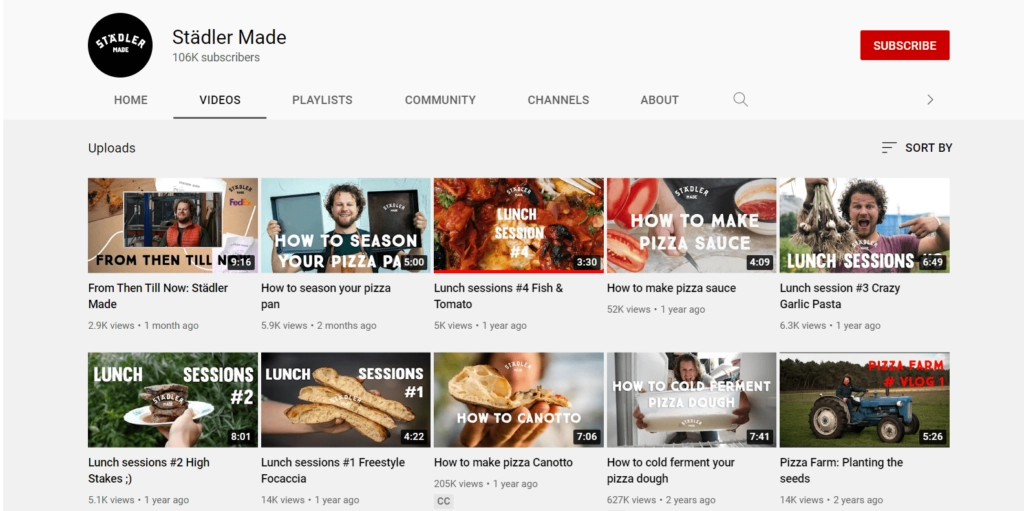
Social Media
Of course, you can’t overlook the power of social media for publishing content. Social media content is ideal for attracting people to your brand as well as informing them more about who you are and what you do.
You have many different social media channels and forms of content at your disposal. All of them are good, you just need to know which makes the most sense for your audience – something you should have established when researching your audience personas and online habits.
Social media is a great place to experiment with different types of content and have fun. Soon you will see what types of content your audience best responds to.
Be sure to use your social media channels to promote your blog and video content. This will help you distribute it further to the right people.
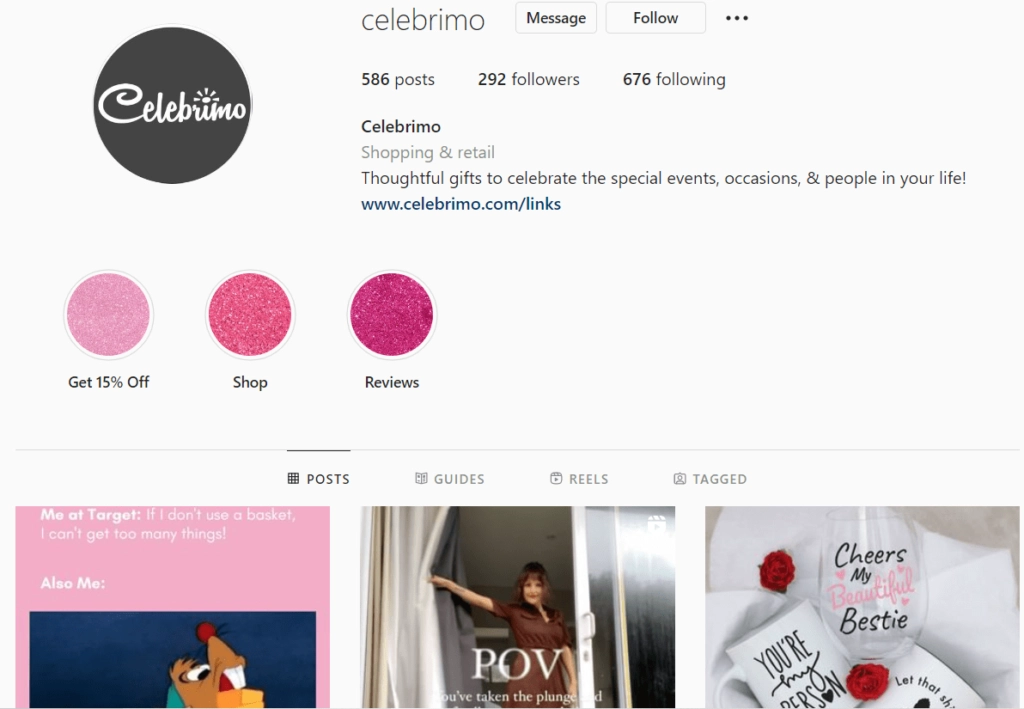
Guest Blogs
Another excellent way to gain more exposure for your business is through posting guest blogs on other people’s sites. Not only will this help you reach a new audience, but it will also provide your site with valuable backlinks which is important for SEO.
Reach out to blogs within your niche and offer to write them a post for free. Be sure to include links to your site. This can be a great way to increase your inbound marketing reach.
Lead Magnets and Free Content
Lead magnets are a classic strategy to use for inbound marketing. This is important for generating inbound leads for your business, which you can reach out to with email marketing and nurture into a customer.
This inbound marketing strategy works by creating a piece of content that is valuable for your audience and offering it for free in exchange for an email address. To do this, you will need to gate the content behind a form.
This content could be an ebook, a whitepaper, an expert guide, a free tool, or anything else that your audience would be interested in. this strategy forms the foundation of many inbound marketing strategies.
Check out our complete guide to gated content to learn more about this.
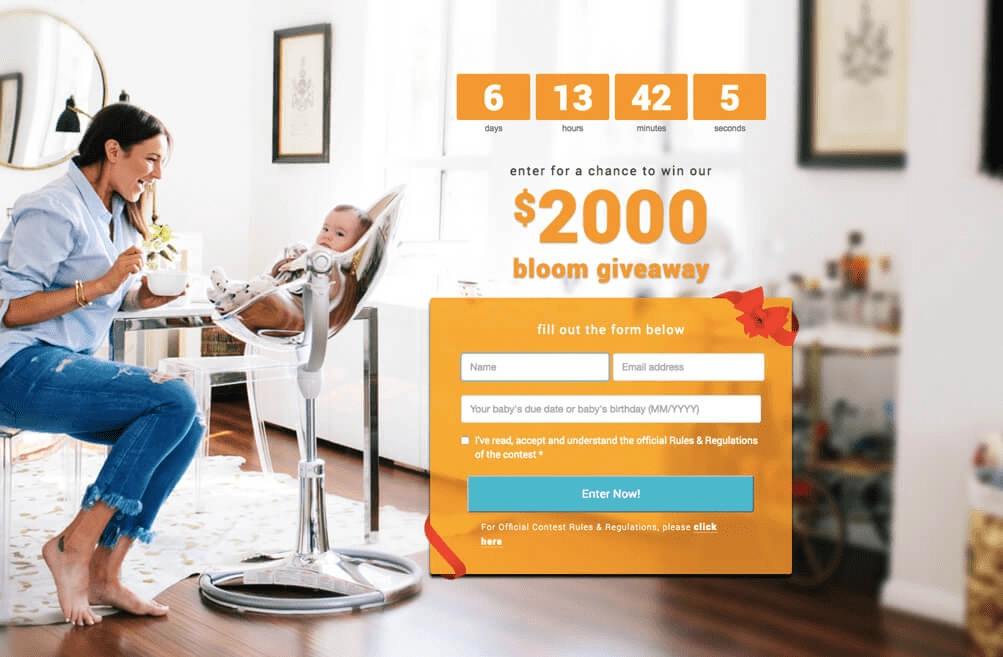
Email Marketing
Once you have generated inbound leads, you’ll need to keep them engaged. Email marketing is hands down the best way to do this.
Email marketing lets you get straight into your customer’s and leads’ inboxes. It hardly costs anything (if it’s not free), so the return on investment can be enormous.
Use email marketing to engage your audience and build trust with them. This is the perfect marketing tactic for the engage and delight phases. You can also use email marketing to distribute and share your content.
As with any of your other content strategies, make sure to add value here. Make it clear to any new subscribers what kind of value they will get from signing up to your mailing list – such as sharing exclusive content and tips with them.
Take a look at these email marketing examples for some ideas of what you can send.
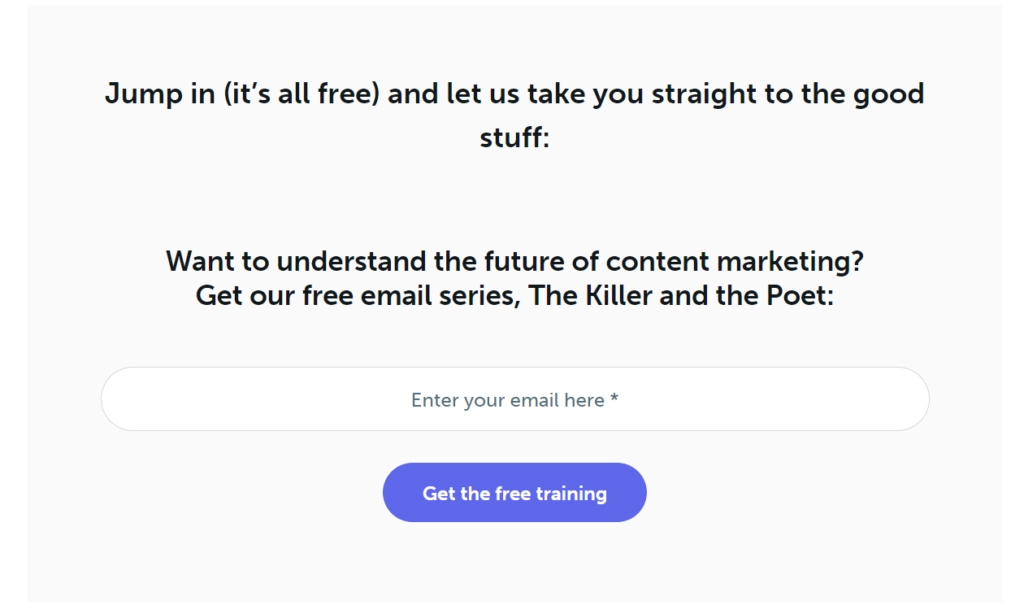
Webinars
Webinars are an excellent inbound marketing strategy. They can help you generate new inbound leads because anyone who signs up for your webinar has to leave an email address, which you can add to your email marketing database.
As long as you make your webinar about a topic that interests your audience, you will be able to attract interested people to your business. As with any inbound marketing strategy, you need to add value to your audience.
The great thing about webinars is that you will often use guests in them. This is even better for inbound marketing, as your guests can also help promote your webinar (and in turn your business) to their audiences.
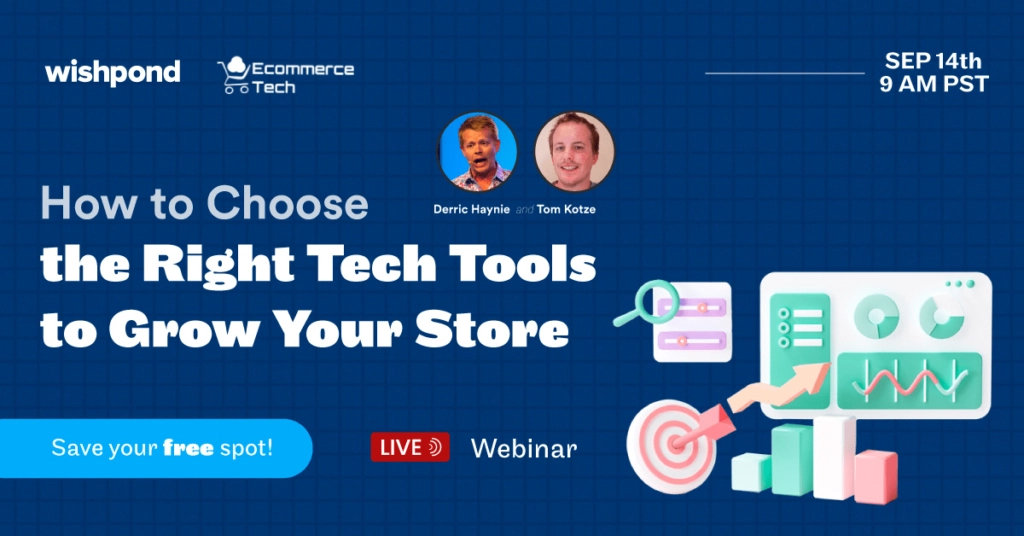
Influencers
We’re living in the age of the influencer. The right influencers hold enormous power. If your brand works with them to tap into their audience and influence, you can grow your popularity and business quite significantly.
This is such a great inbound marketing tactic because people have huge amounts of trust in influencers that they follow. If the influencer promotes your brand, you should be able to generate a lot more interest in what you do.
These days, there are influencers for every niche. Working with influencers is also more accessible than ever before, thanks to the many micro-influencers that exist.
Of course, you need to make sure that you work with an influencer that makes sense for your brand. This means their audience needs to match your target audience.
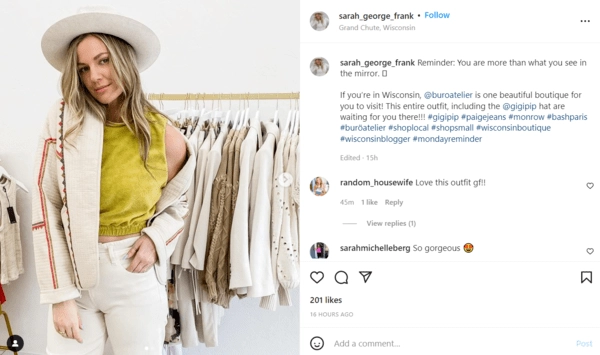
Optimize Your Website for Conversions
While there are many inbound marketing strategies that you can run, they will all be pretty pointless if they lead to a website that doesn’t work properly. Whatever tactic you use, the end goal will be to send your audience to your website and get them to convert on a certain page.
To do this, you need to make sure that your website is optimized for conversions.
There are a couple of different strategies that you can use to achieve this. Some of the best tactics include:
- Minimizing form entry requirements so that you only ask for the necessary information. This makes it easier to fill out forms
- Adding trust badges and social proof to help inspire visitors. Reviews, testimonials, and awards are effective here
- Highlighting your benefits and policies that users might be interested in, such as free shipping or any money-back guarantees
- Adding plenty of actionable, enticing CTAs across your website. There should consistently be a CTA on each web page to help boost conversions
Quite simply, your inbound marketing strategy won’t result in much success if you don’t have a site optimized for conversions.
Of course, not all of your marketing activities push a conversion directly – this is OK. However, you should map out a customer journey for each piece of content and strategy that you publish.
Conclusion
Inbound marketing is an organic way of drawing customers to your business. There are many different ways that you can do this – each one offering huge potential for your business growth.
The most important parts of any inbound marketing strategy are understanding your audience and creating content that adds value to them. Get this right, and you should be able to implement a powerful inbound marketing strategy that achieves great results.
Related Content
![]() tom
tom
[ad_2]
Source link









